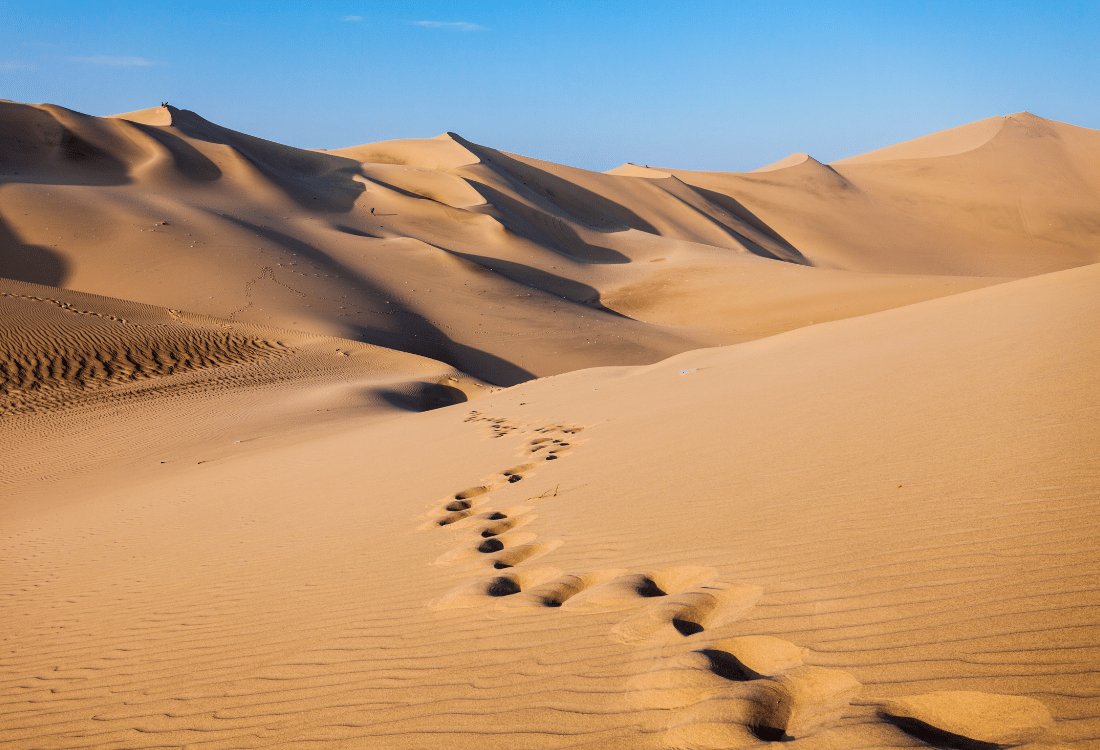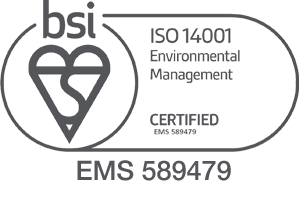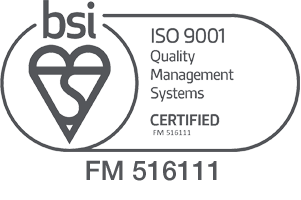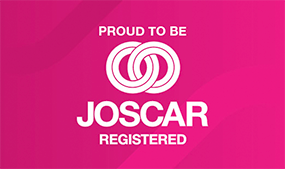
14/08/2025
Hypothermia management in the desert – common sense isn’t always common
On a recent trip to Abu Dhabi for IDEX 2025 (International Defence Exhibition And Conference) in January, I found myself discussing hypothermia with two students who were studying physics, chemistry and biology, so they were already way ahead of me in the grey cells department.
The conversation went along the lines of:
‘So, what is the ambient temperature out there at the moment?’
‘27 0C. approximately.’
That’s about 100C cooler than your blood. (Normal human body temperature is between 36.5°C and 37.5°C) So what happens if you suffer a trauma or major bleed and the warmer sticky stuff (blood) gets diverted and instead of keeping you warm, starts leaking out onto the sand?’
Answer: You’ll get cold, quickly.
And that’s if the injury occurs in the daytime. Night-time temperatures around the Arabian Gulf in January average out at 12°C, and are often lower. This is chilly by any standards, and is bad news for the body after a traumatic injury because the enzymes responsible for clotting blood have an optimal operating temperature range (the ideal range for platelet haemostasis is 33°C to 37.5°C).
The colder they get, the less efficient they become. So when your body temperature drops below 33°C, your blood will start having trouble clotting, increasing your blood loss rate.
The more you bleed, the colder you get, in a progressively more vicious cycle.
Enter stage left and right, hypothermia and coagulopathy.
The brain then says, ‘I need heat / energy,’ to which the body responds by saying, ‘okay, and produces it anaerobically’.
You know when your legs ache after exercise, it’s due to a build-up of lactic acid. The anaerobic production causes an increase of acidity – known as acidosis. The more acidic the blood is, the less it clots, and the colder you get.
Hypothermia, coagulopathy, and acidosis are, together, called the lethal triad, and there’s a good reason for this. The lethal triad is one of the leading causes of death in patients with traumatic injuries. Once the three conditions are set in, your risk of mortality is pretty high.
This is why I asked, if you go camping in the desert, what do you take to sleep in? I was surprised.
No space saving, rocket science foil-based blanket of sleeping system was mentioned. Even on prompting there was a shaking of heads. When I asked why, the answer was:
You’d get cold.
So when I asked: ‘why do we so often use and rely on foil systems for hypothermia management and trauma response, with little if any pre-hospital data, and which have even been shown to be left wanting to manage the lethal triad?’
There was more widespread shaking of heads.
The hard facts are that many of the hypothermia deaths in desert environments – whether due to military engagements, accidents, natural disasters, or any other factor – are due to an inadequate understanding of the reality of heat loss following a traumatic injury. This means that many first responders are unequipped to anticipate the lethal triad and to quickly identify and treat patients presenting the associated symptoms.
Xtract™SR Heatsaver from TSG Associates
The Xtract™SR Heatsaver is a compact, lightweight, and research-driven solution designed to address the issue of heat loss and rapid deterioration in trauma casualties, particularly in austere environments. With sculpted insulation panels to maximise thermal efficiency around the body’s core, the risk of the casualty developing hypothermia and the lethal triad is significantly reduced. The Heatsaver is also compatible with a variety of active heating solutions (e.g. warming pads, chemical heat pads, heated IV fluids etc), improving patient outcomes during emergency acute medical care.
Next steps
The Xtract™SR Heatsaver and other hypothermia management products can be a lifesaver when treating casualties in desert conditions. Our products are used in military, NGO, and emergency response applications throughout the world, including across the Middle East and Africa. If you’d like to find out more, please contact one of our knowledgeable team today by clicking here.




.png)







